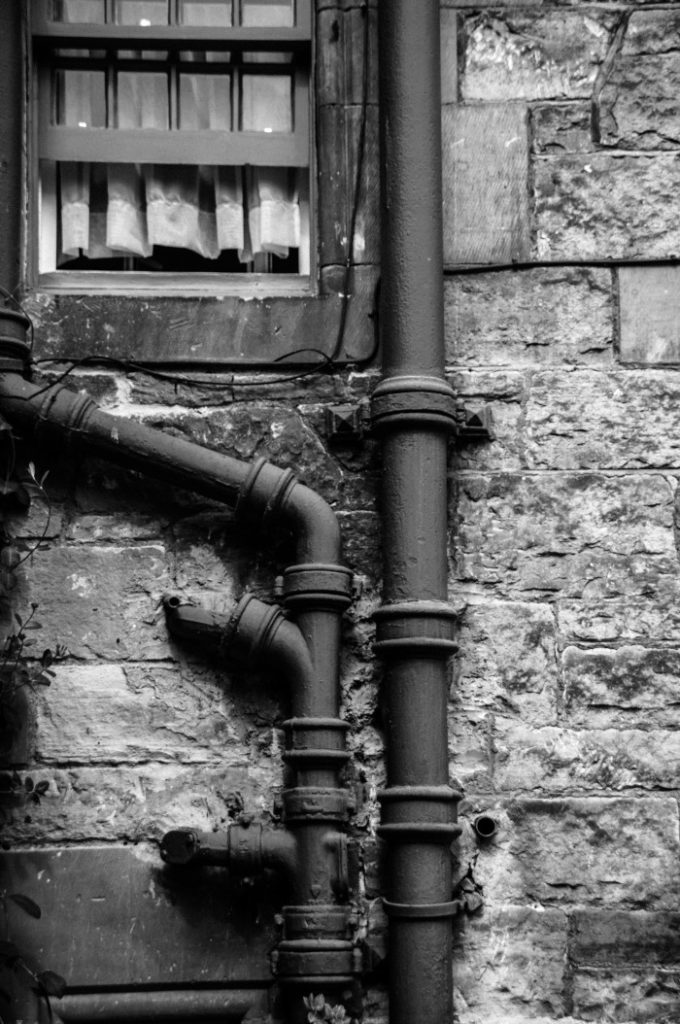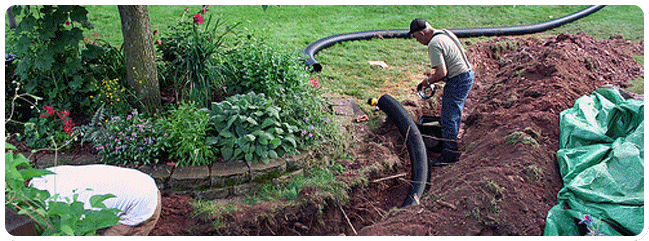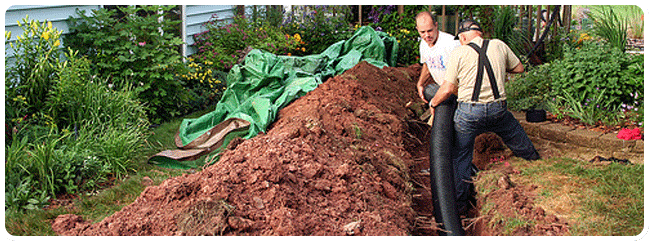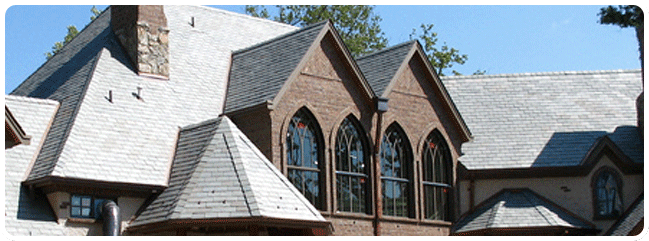If you’re a homeowner, there’s a good chance you’ve at least heard of French drains before. But what are they, exactly? And more importantly, do you need one for your home? In this post, we’ll take a closer look at French drains and provide an overview on when and how they should be used. By the end of it, you’ll have a better understanding of whether or not this drainage option is right for you. Let’s get started!

What is a French drain?
It sounds elegant but in reality, it’s nothing more sophisticated than a gravel-lined ditch with an embedded pipe that carries water away from the home.
Whereas gutters collect precipitation as it runs off the roof, French drains manage water at ground level. Let’s say that after a rainstorm, water tends to pool in a particular low spot on your property. Rerouting the flow of water with a French drain would alleviate that problem.
A French drain also provides a solution for basements that admit water through the foundation. In these “wet” basements, water presses against the foundation and gradually leaks through. With a French drain, however, water near the foundation can be rerouted and deposited elsewhere.
If water continues to invade your basement despite seemingly adequate outdoor drainage, then you might need to install a French drain indoors. Installation involves cutting a trench in the basement slab along the perimeter of the foundation, laying pipe in the trench, and putting in a sump pump to move water from the interior to the exterior. Source: BobVila
How does it work?
The basic principle of a French drain is to provide a path of least resistance for water to follow instead of building up and flooding the soil. This is achieved with a hollow, perforated drainage pipe that can collect and carry the water from the yard to a designated drainage location, like a municipal wastewater drain or a rain bucket. The drainage pipe is wrapped in water-permeable fabric to prevent weeds, dirt, and other debris from obstructing the perforations in the pipe. Additionally, the pipe is covered in several layers of stones or gravel. By replacing soil with stones or gravel, you help the water flow down into the drainage pipe because it’s much easier for water to move through the larger gaps provided by packed stone than it is for the water to flow through densely packed soil.
Each aspect of a French drain is designed to make it easier for the water to move down from the surface, through the stones, through the unobstructed perforations, into the hollow drainage pipe. The drainage pipe should be set at an angle so that when the water enters the pipe it immediately begins flowing away from the home to prevent water build-up and flooding. Source: TheSpruce
When do you need one?
– When you have a problem with surface water, such as a soggy lawn or a driveway that washes out
– If water is getting into your basement
– If you’re building a retaining wall on a hillside Source: HouseLogic
Not sure if a French drain will solve your drainage problems? Call us and we’ll be more than happy to give you free expert advice!
Contact:
Kerrisdale Roofing & Drains Ltd.
168 W 71st Ave, Vancouver, BC V5X 4S7
(604) 360-2114



















